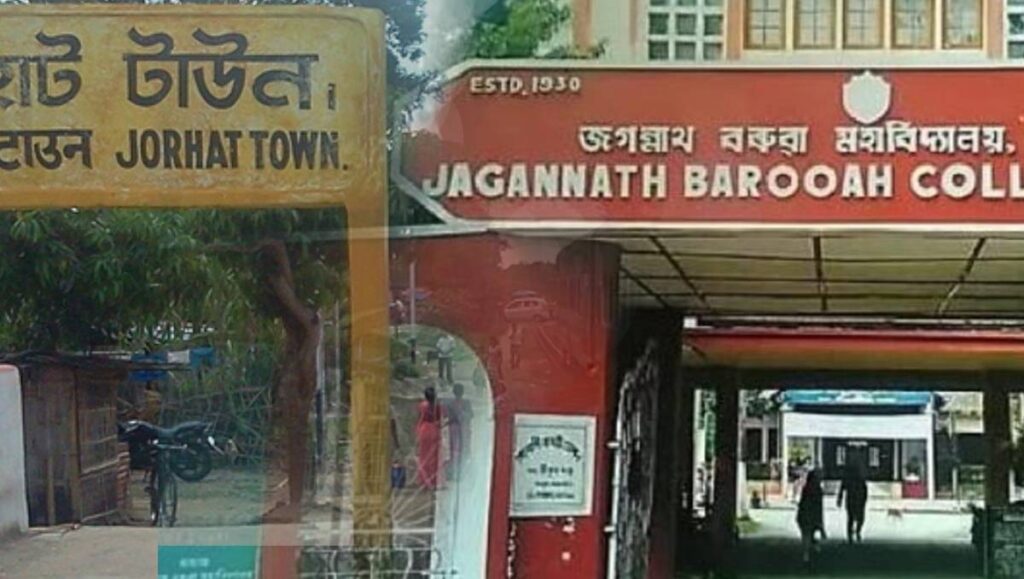
Jorhat is one of the cities of upper Assam. Jorhat is the birthplace of eminent personalities like Krishna Kanta Handique, three-time chief minister late Tarun Gogoi. Known as the present day education city, it is a historically famous city and rich in various historical content. From a historical point of view, Jorhat is the second-oldest city in Assam. Jorhat’s contribution to assam’s literature, culture, politics, economy and education is worth noting.
Where did the name Jorhat come from?
Pair or pair means to pair two things or two things together so Jorhat means two haats. Again the word haat comes from the Sanskrit word hatta. The entire area was later called Jorhat because of the presence of two haats called The Fish Haat to the north of Bhogadai and the Chowki Haat on the south side of Bhogadai on the opposite side of it.
According to history, After the Moamaria rebellion in 1793, the then King Gaurinath Singha, who did not want to stay in the capital city of Rangpur any longer, came to disai koth bahr, where his prince Purnananda Burhagohain lived. At that time Purnananda Buragohain lost the battle with Moamaria and left rangpur, the capital of the then Assam capital, and in 1789, along the banks of the present-day Bhogdoi river, was holding a lot of people with him.
The prince, Buragohain, set up a camp near here to stay the king. The king stayed in that place. Purnananda Buragohain built a kotha or fort for the army on both sides of the Disai river. These soldiers of his own set up two haats or bazaars to do shopping. One of them was named Fish Haat and the other chowki haat. The name of this place was later Jorhat due to the presence of these two haats.
Dhekiakhowa Bor Namghar is located about 15 kilometres east of Jorhat town. It is located in Dhekiakhowa village, around 3.5 kilometres from National Highway 37. Legend has it that this namghar was established in 1461 by Mahapurush Madhavadeva. Mahapurush Madhavadeva had lit the Agassi Banti at this place, which is still burning by the devout people. Garkhia Dal or Garkhia Daul is an ancient temple in Baligaon village, about five kilometres north of Jorhat city. Although it is not mentioned in The History of Assam, it is believed that this dal is awakened. It is notable to have the Namghar and Manikuta of Garkhia Dal. The high-rise of the lice here is fourteen-fifteen feet high.
Some of the famous places of Jorhat
Jorhat’s oldest Kasari house is still shining with a lot of history in its chest. This building was decorated with bricks and churuki. Its entrances were dainty. Bisturam Baruah of Thengal, Khongia, Titabar and Jorhat Mouzada built a house in Thengal village, 15 kilometres from Jorhat, under the name ‘Thengal Bhavan’ in the 1980s.
A few years after Bisturam Baruah’s death, his son Shiv Prasad Baruah completely demolished the tin roof bungalow and built the new ‘Thengal Bhavan’. Films were screened at various festivals. In 1931, on the occasion of shashi prasad barua’s marriage, the first silent Hindi film ‘Alam Ara’ was screened.
In 1876, in The Village of Cheknidhara, D. The Jorhat Gymkhana Club was set up by Slimmon. Horse racing has been held here for years since its inception where the winner is awarded the “Governor’s Cup”. The ‘Nine Hall Golf Course’ here is asia’s oldest golf course and the third oldest in the world.
